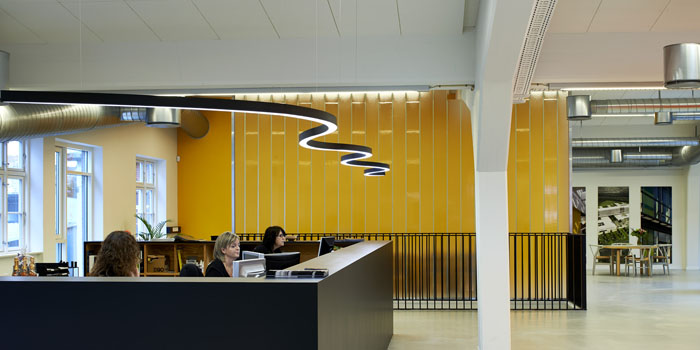
Luminous flux
Comparing LED with traditional solutions can easily turn into a matter of apples and oranges. The properties measured in the laboratory of an LED manufacturer cannot be directly linked to how an LED module performs in a luminaire. To get a good idea of the light’s capacity, the LED needs to be placed in its specific lighting context.
Light output equals light flow
The energy efficiency of an LED luminaire cannot be defined by light output, because LED modules do not have a standardised nominal luminous flux as fluorescent tubes do. The reason for this is that the whole luminaire, including the LED and the electrical ballast, is counted as a reference, with the result that the light output is always 100%. Instead, the efficiency of an LED luminaire is defined as the ratio of the total measured luminous flux (lm) to the radiant flux including ballast (lm/W).
Operating temperature
Heat has the greatest negative impact on an LED’s life span, luminance and efficiency. This is why Fagerhult makes sure when developing LED luminaires that the temperature of the components remains within the manufacturer’s specifications and meets the requirements in our own policy. Manufacturers of LED and ballasts specify a TC temperature of x degrees but according to the standard a safety margin is added. The Fagerhult policy of staying below the specified TC, can result in a difference in temperature in the electronics compared to to a luminaire of another manufacturer. This has a major impact on life span, colour quality and colour rendition.
An LED very rarely breaks although, as with any electronic products, there is a normal failure rate. Rather than breaking, an LED generates reduced light flow over time.